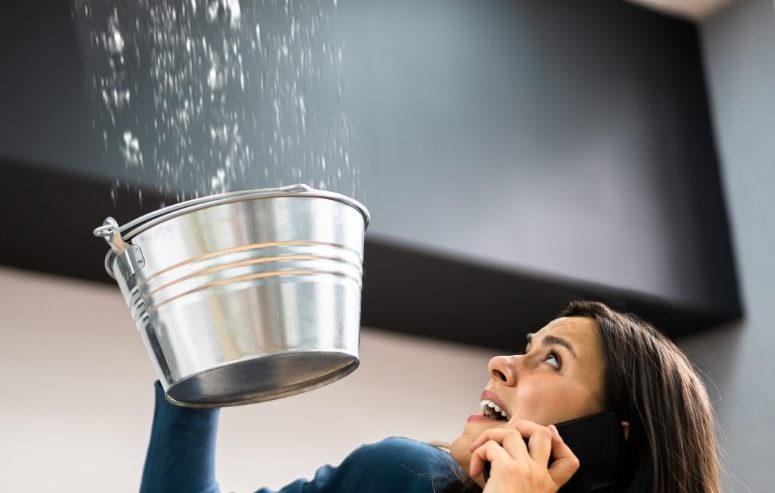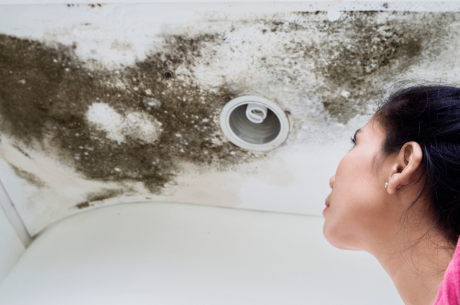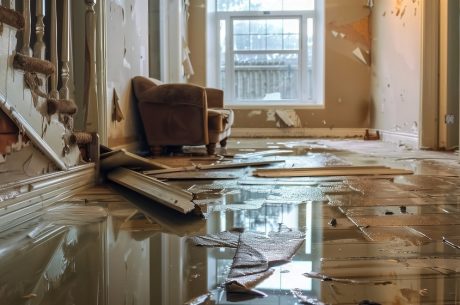Florida is known for its beautiful beaches and sunny weather, but it is also notorious for its intense storms. These storms can bring heavy rain, strong winds, and flooding, which can lead to significant water damage to homes and businesses. Fast water damage restoration is essential in minimizing the damage and preventing further issues.
In this article, we’ll explore why quick action is necessary after a storm, the steps involved in water damage restoration, and how choosing the right service can make a difference.
Understanding the Impact of Water Damage
Water damage can have devastating effects on a property. When water seeps into walls, floors, and furniture, it can weaken structural integrity and lead to mold growth. Mold can start developing within 24 to 48 hours after water exposure, posing health risks to occupants.
Beyond the immediate physical damage, water intrusion can lead to a cascade of secondary issues. For example, even a minor leak that is not addressed can saturate materials, leading to swelling, warping, and eventual deterioration. This deterioration not only affects the aesthetic aspects of a home but also its functional components, such as electrical systems and plumbing.
The Consequences of Delayed Restoration
Delaying water damage restoration can lead to numerous issues:
- Structural Damage: Prolonged exposure to water can weaken the foundation and structure of a building, leading to costly repairs. Over time, water can cause wood to rot, metal to rust, and concrete to erode. These structural issues can compromise the safety and stability of a building, making it unsafe for occupants. In severe cases, structural damage can lead to partial or complete collapse, necessitating extensive and expensive reconstruction efforts.
- Mold Growth: Mold thrives in damp environments and can spread rapidly. It not only damages surfaces but also poses health risks, including allergies and respiratory issues. Mold spores are microscopic and can travel through the air, contaminating clean areas if left unchecked. Once mold takes hold, it can be incredibly challenging to eradicate, often requiring specialized treatment to ensure it doesn’t return. The presence of mold can also decrease property value, making it harder to sell or rent out properties in the future.
- Electrical Hazards: Water and electricity are a dangerous combination. Water exposure can lead to short circuits and electrical fires if not addressed promptly. Damaged electrical systems can result in power outages, damage to electronic devices, and even present life-threatening risks to occupants. Immediate attention from professionals can help isolate affected areas and prevent further electrical complications.
- Increased Costs: The longer you wait to address water damage, the more expensive the restoration process becomes. Fast water damage restoration service can save you money in the long run. Delays can lead to more extensive damage, requiring more materials and labor to fix.
The Steps Involved in Water Damage Restoration

Water damage restoration is a multi-step process that requires expertise and the right equipment. Here’s what you can expect:
1. Assessment and Inspection
The first step is to assess the extent of the damage. Professionals will inspect the affected areas, identify the source of the water, and categorize the water damage. This assessment helps in creating a tailored restoration plan. The inspection often involves using moisture meters and thermal imaging cameras to detect hidden water pockets behind walls and under floors.
2. Water Removal
The next step is to remove the standing water. Using powerful pumps and vacuums, restoration experts will extract water from your property. This step is crucial in preventing further damage and mold growth. The efficiency of water removal is critical, as any residual moisture can serve as a breeding ground for mold and bacteria.
Advanced extraction equipment can handle large volumes of water quickly, minimizing the risk of further damage and speeding up the overall restoration process.
3. Drying and Dehumidification
Once the water is removed, the drying process begins. Industrial-grade dehumidifiers and air movers are used to dry out walls, floors, and furniture. This step ensures that all moisture is eliminated, reducing the risk of mold. The drying phase is meticulously monitored with moisture meters to ensure no hidden dampness remains.
This approach helps safeguard against future mold growth and structural issues, providing peace of mind that the property is thoroughly dried and safe.
4. Cleaning and Sanitizing
After drying, the affected areas need to be cleaned and sanitized. This involves removing debris, cleaning surfaces, and applying antimicrobial treatments to prevent mold and bacteria growth. Specialized cleaning solutions are used to ensure that all contaminants are effectively neutralized. This step not only restores cleanliness but also prevents odors and potential health hazards, ensuring a safe environment for occupants.
5. Restoration and Repairs
The final step is restoring your property to its pre-damage condition. This may involve repairing drywall, replacing flooring, or repainting walls. The goal is to make your home or business look as good as new. Restoration can also include improvements to prevent future water damage, such as installing water-resistant materials or enhancing drainage systems.
By combining repair with prevention, property owners can better protect their investments against future storms.
Preparing for Florida Storms
While you can’t control the weather, you can take steps to minimize the risk of water damage:
- Regular Maintenance: Inspect your roof, gutters, and drains regularly to ensure they are in good condition. Clear any debris that might block water flow. Regular checks can identify potential weak points that could fail during a storm, allowing for preemptive repairs. This proactive maintenance can significantly reduce the likelihood of severe water damage during a storm.
- Seal Openings: Check for any cracks or gaps in windows, doors, and foundations. Seal them to prevent water from entering your home. Investing in high-quality sealants and weatherproofing materials can enhance your home’s resistance to storm conditions.
- Install a Sump Pump: In areas prone to flooding, a sump pump can help remove water from your basement or crawl space. Regular testing and maintenance of the pump ensure it functions correctly during a storm. Installing a battery backup system can provide peace of mind, ensuring the pump operates even during power outages.
- Create an Emergency Plan: Have a plan in place for what to do in case of a storm. Know who to call for emergency water cleanup and keep their contact information handy. This plan should include evacuation routes, emergency contacts, and a checklist of essential items to secure before a storm. Regularly reviewing and updating the plan ensures everyone in the household knows what to do, minimizing panic and confusion during a crisis.
Conclusion
Fast water damage restoration is crucial after Florida storms to protect your property and health. By understanding the risks of water damage and the benefits of professional restoration services, you can be better prepared to handle any storm-related issues. Don’t wait for water damage to escalate—take action quickly to safeguard your home or business. Contact our team at PuroClean of Bradenton today!




 PuroClean of Bradenton
PuroClean of Bradenton